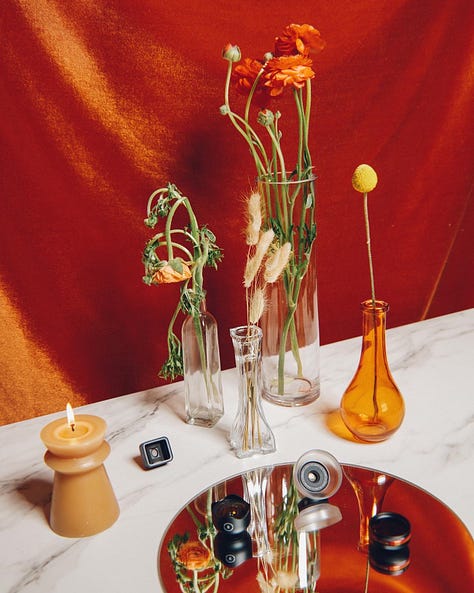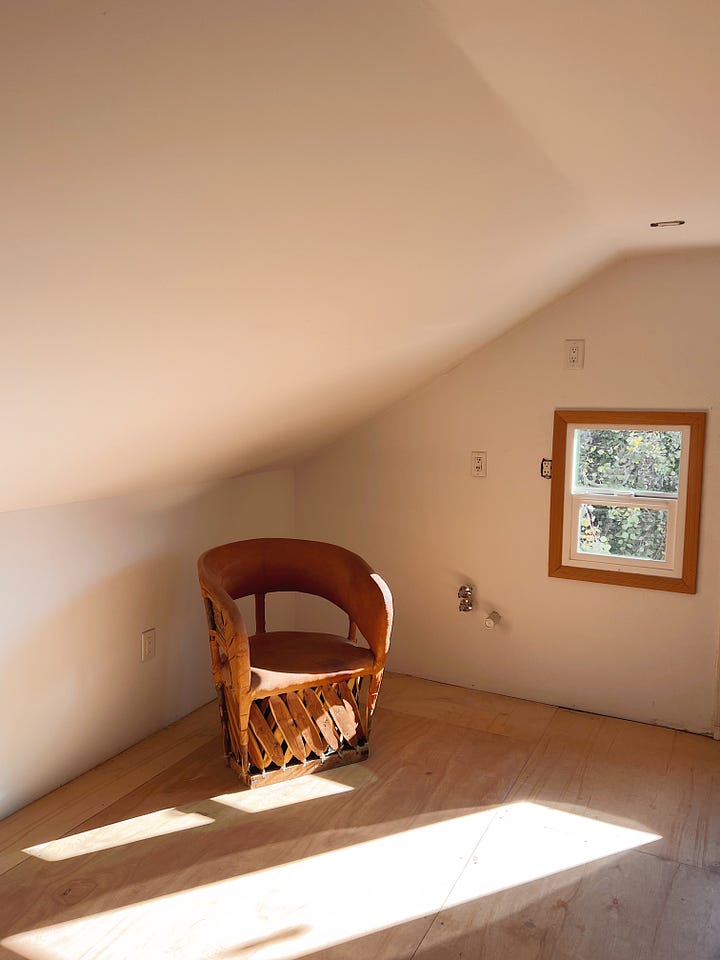Why the iPhone Is the #1 Best Mobile Camera for Photography
My Android friends might hate me, but it's the truth.
Mobile photography is here to stay, and this is my case for why America's leading industry giant stays at the top for the world's best camera phone.









I've spent over a decade as a professional editorial photographer in the tech and camera industry. Throughout this time, I've been a part of numerous prestigious projects worldwide, encompassing both commercial assignments and personal endeavors. Truly, it's been a fulfilling journey.
Over the years, I've thoroughly tested a range of cameras. Since joining Moment in 2018, my focus has expanded to include mobile photography, working extensively with leading smartphones from Samsung, Google, Xiaomi, Huawei, and Apple.
I've even owned various flip phones back in the day, from the classic Razor to the uniquely designed Chocolate that opened sideways. My first significant smartphone purchase was financed with my hard-earned savings. It was a standout Android model, prevalent in the late 2000s. I cherished my Galaxy during my early high school years, capturing candid moments at parties, tennis sessions, and group photos in unexpected places like bathrooms.
However, my brand loyalty wavered when I compared my phone's camera quality to my friends' latest Apple devices (yes, even back then). Their photos, especially mirror selfies, looked noticeably crisper, had better color balance, and seemed more true to life. Once an idea embeds itself in my mind, it's tough to let go. I usually don't hop from one gadget to another without good reason, but the disparity in photo quality made me feel out of touch as a young photographer-in-training.
So, after being due for a yearly upgrade, I switched to Apple, fell in love, and never looked back.







Top-Notch Branding
Whenever I question the popularity of a trending product, I have to consider the reasons behind its success. Is it merely a fleeting trend, or is there a genuine reason for its widespread adoption? Given that certain products have remained popular and continued to grow over the years, it's clear that their success isn't just coincidental.
Apple's marketing is impressive, making them a dominant force in the tech industry. Their sleek designs, high-quality products, and unwavering commitment to visual brilliance have inspired countless other companies for decades.
Being a fan of exceptional design, I respect Apple's commitment to producing top-tier products in both functionality and appearance. Their global popularity is undeniable, and there's a valid reason for their widespread use. If not, platforms like Twitter and TikTok would be even more abuzz with valid criticisms than they currently are.
Few companies have managed to challenge Apple's dominance successfully.
It’s Not About Specs
Despite my role as Moment's lead editor and extensive experience working with top tech brands and using premium camera gear, I've never seen myself as a tech enthusiast. I'm not interested in nitpicking technical details like others, and I'm often baffled by the frequent upgrades people prioritize in their budgets. That kind of spending often feels excessive.
At my core, I'm an artist and a photographer. That means I focus less on a tool's specifications and more on its ability to help me realize my vision. Beginners shouldn’t start with the most advanced equipment; they should grow into it. This progression is earned. It's not about flaunting a hefty price tag or an impressive list of features; it's about the evolution of your craft reflecting your honed skills. Growth should be measured in time and experience, not in money spent.
Consider this article as a case in point. My talented colleague and dear friend, Carlie Penning, captured most of these images on an old iPhone she humorously claimed was on its last legs. I've even written about the benefits of investing in older camera models to hone one's skills better. And as a testament to my belief in longevity and reliability, I still drive my 6-year-old Subaru Outback, which I continue to believe is the best damn car on the planet.
Is it ironic I am writing about frugality on a product more expensive than its competitors? Yes. But do I believe in the power of investing in a long-lasting product that helps your creative vision come to life? Also yes.
I love my iPhone because I love the way my photos feel. I don’t pixel-peep the resolution of my pictures next to the others I see on Instagram; instead, I learn ways to better my craft. Most of my favorite mobile images ever were taken with an iPhone 6! I mustn’t make excuses for my lack of practice just because I’m in a rut.
But If You DO Care About Specs…
Nevertheless, there’s a time and place where specs should be considered.
Let’s take Apple and Samsung, for example. Android continues to reign in the global market with a 70.89% market share in the most recent quarter of 2023, while iOS only holds 28.36% of the mobile operating system users. However, in the United States alone, Apple has a strong lead over its closest rival, Samsung, and is trending to remain consistent in these facts well into 2024 or beyond. Thanks to Gitnux for the insights and data info.
Users often claim that Apple phones offer better performance than Android devices. They are built to work faster and smoother. Even the old iPhone models work well and offer long-lasting functionalities.
In terms of color science, Apple almost always goes for a neutral look, while Samsung tries to add flair to make your photos look more vibrant but often comes across as overly saturated and not super life-like. I’d also argue that Samsung is more aggressive with its dynamic range. This is both a pro and a con since a higher dynamic range adds character to your shots, but it can sometimes feel fake. The iPhone isn't afraid to let things get a bit overexposed if it means preserving the overall natural look of the shot.
iPhones are usually easier to recommend regarding video performance, and the biggest reason is that they remain consistent in quality and aperture ranges across all lenses — evoking a feeling of seamlessness. The lens transition doesn't feel obtrusive, and there's hardly any shift in white balance or color calibration. However, the iPhone's OIS is not as wide as other brands, such as Samsung or Google. This is a big deal in low-light environments where electronic stabilization falls apart quickly, and the camera must rely more on hardware-based stabilization. But this is only a big deal for serious mobile filmmakers, so a mobile gimbal comes in handy and provides a more professional feel than handheld footage.
Many Android phones offer features not found on iPhones. These include headphone jacks providing diverse audio options, IR blasters controlling household electronics, and extra camera modes appealing to budding photographers. However, I value Apple's more straightforward design over these additional features.
Conclusion
What's exciting is the continuous improvement in mobile photography — no matter the phone you shoot with. I'm eager to see how its impressive capabilities will evolve in the coming years and where my work will go from here.





